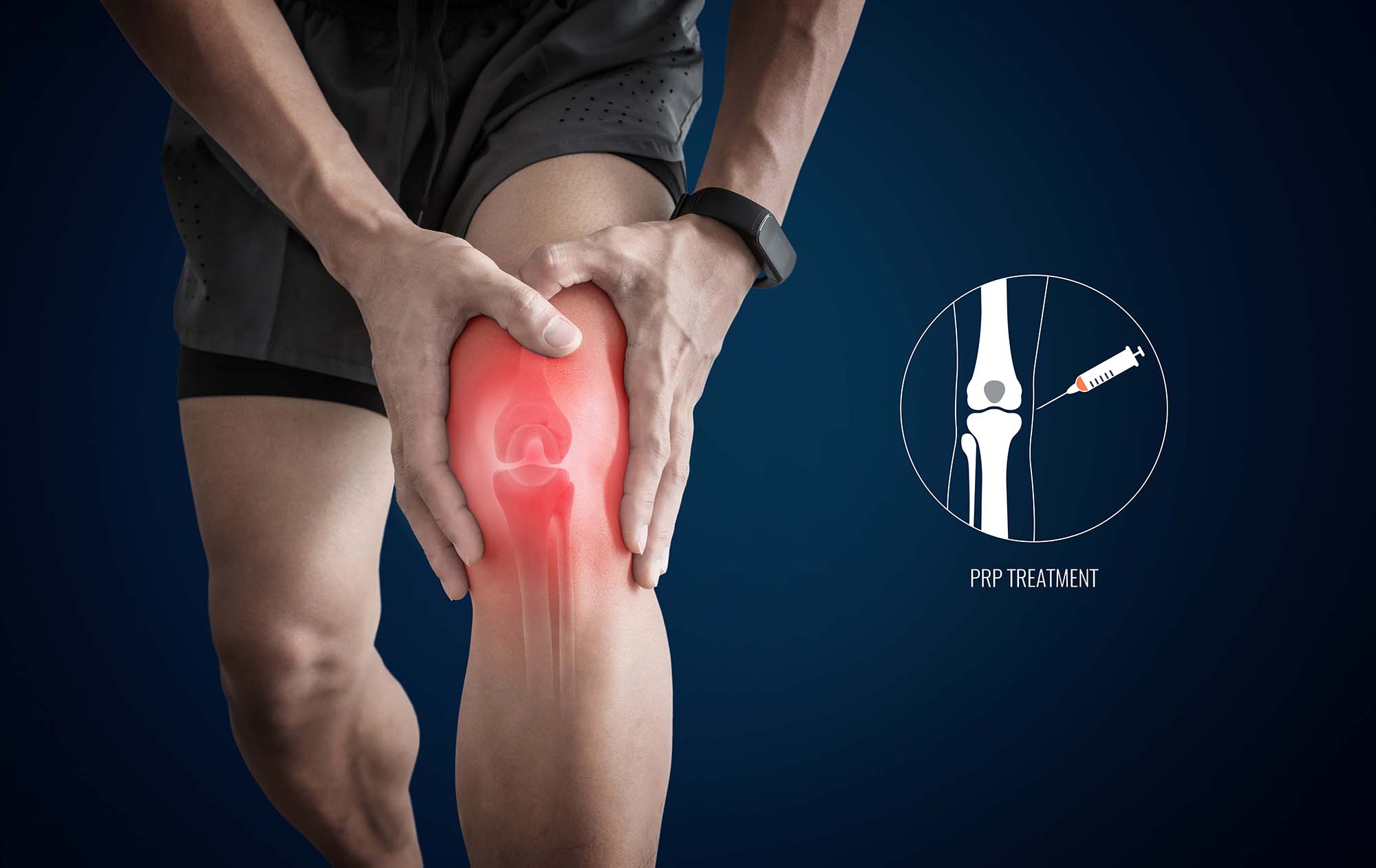What Is PRP Therapy for the Knee?
Knee arthritis is the most common condition I encounter with patients who inquire about PRP therapy for the knee.
Knee arthritis is where the coating on the ends of the bones called cartilage starts to wear.
There can be a broad spectrum relative to knee arthritis:
- Mild to moderate arthritis
- Severe arthritis
- Bone-on-bone
Patients with mild and moderate arthritis typically have enough cartilage left where invasive surgical procedures, like knee replacement, are not appropriate for them, but they’re still having symptoms of arthritis. Those are the patients where PRP therapy for the knee can be very effective in improving both pain and function and potentially delay or prevent the need for knee replacement.
Patients with more severe arthritis may benefit from PRP by delaying the need for knee replacement for several years, although knee replacement may ultimately still become necessary.
In addition to knee arthritis, PRP therapy for the knee may also be beneficial in conjunction with surgical procedures such as ACL procedures or meniscus procedures. PRP may be added to augment the healing response and possibly reduce failure rates.
How Many PRP Injections Are Needed for the Knee?
The number of PRP injections needed for the knee can vary depending on the condition being treated.
There are tendinopathies or issues with the tendon, like quadriceps tendon and patellar tendon, which tend to be more like a single injection or one additional injection.
When it comes to using PRP for knee arthritis, all the published clinical literature has looked at the efficacy with the use of a series of three injections.
I personally mirror my practice after the available literature. I expect patients to have the same results seen in the literature. So as an example, for knee arthritis, I tend to recommend a series of injections done approximately a week apart.
What to expect after PRP injection in the knee?
After a PRP injection in the knee, patients shouldn’t expect very much right away.
There’s a short period of time, usually 24 to 48 hours, where you might experience a little bit of increased pain or inflammation from the actual PRP injection. As we know, we’re trying to stimulate a healing response, so we’re tricking our body into thinking there was an injury, and then it needs to mend this injury.
After that first 24 to 48 hours, we start to see the anti-inflammatory effect take place. Within two weeks, most patients already notice a positive difference where their knee feels better. Now, that’s likely due to the anti-inflammatory effect. We expect to see a significant improvement over the first six to eight weeks as far as cell or tissue regeneration.
I typically reassess patients at six months and see how well they have done overall compared to their baseline.
